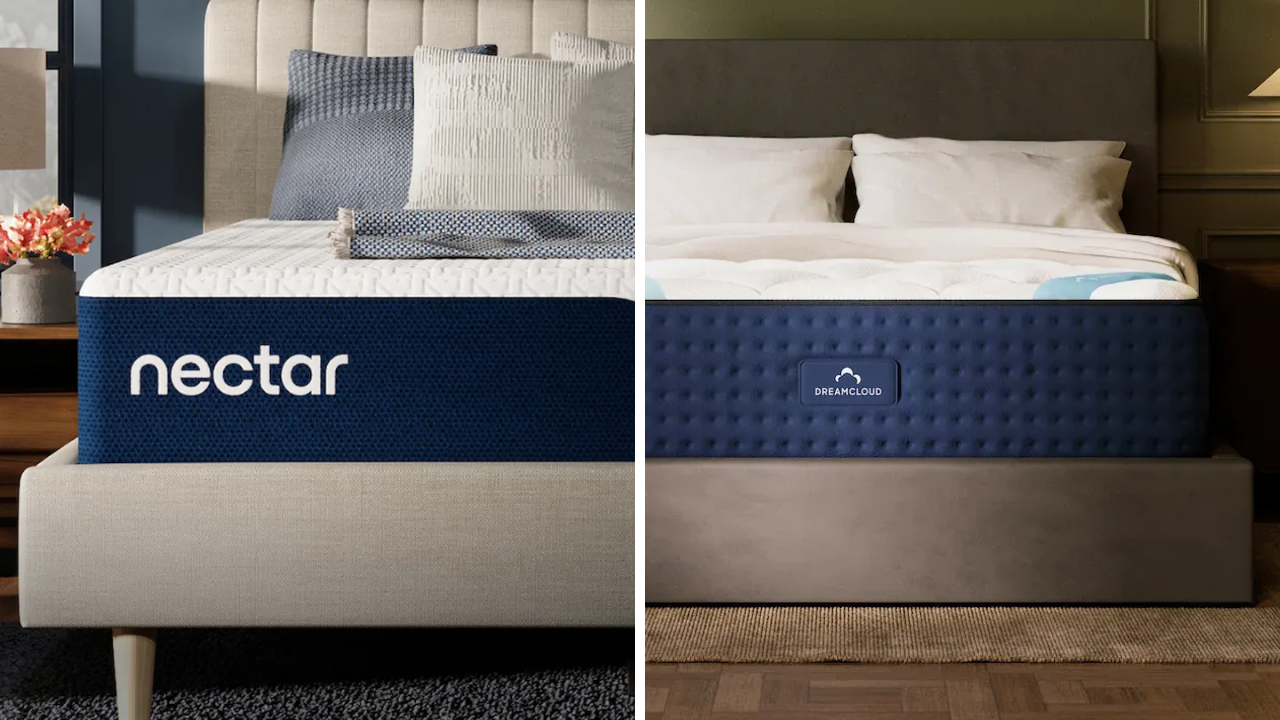I ditched Android for the iPhone — what I love and what I miss
The pros and cons of going back to Apple
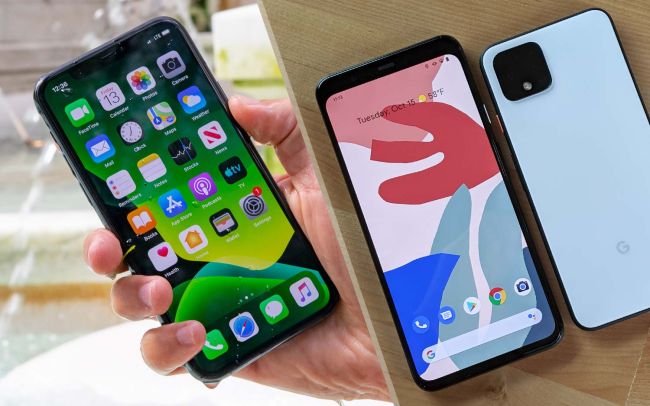
The summer is in full swing, and that means we’re perilously close to a slew of phone launches, from the new iPhone 12 range, to Google’s Pixel 4a and Pixel 5, to the Galaxy Note 20 and even a few Samsung foldables for good measure.
As a result of this, many critics would argue it’s a bad time to purchase a predecessor to any one of those devices, and that prospective buyers should wait for the upcoming wave of phones instead. And while there’s some merit to that argument — particularly because the prices of current models may fall slightly once they’re replaced — I went ahead and ignored that advice.
I did the crazy thing and bought an iPhone 11 Pro. And I’m glad I did.
- iPhone 12 leak just revealed a shocking downgrade
- Google is fixing the worst part about Chrome
- Just in: Forget Prime Day: Google's month-long sales event starts today
Pixel 4 for iPhone 11 Pro: Making the switch

I purchased an iPhone 11 Pro after using the Google Pixel 4 as my daily driver roughly since that phone came out last October. Before that, I used a Pixel 3 I bought as well.
So, why the move to iOS?
For starters, I’ve switched back and forth between Android and iOS more times than I can count. I like testing out different approaches to the same problems and seeing how the other half lives. Like my colleague Marshall, who put down his Android phone for an iPhone SE for a month, I don’t subscribe to the belief one platform is inherently superior to the other. They’ve both essentially reached a level of maturity by now that guarantees the same slate of features, just organized differently.
Second, I had finally reached my wit’s end with my Pixel 4. As much as there is to like about Google’s flagship — and there’s a lot — there are also serious problems I just didn’t want to put up with anymore. Chief among them was, unsurprisingly, the battery life. The Pixel 4 lasted just 8 hours in Tom’s Guide’s custom web-streaming battery test over LTE, which happens to be 2 hours and 20 minutes less than the iPhone 11 Pro.
Sign up to get the BEST of Tom's Guide direct to your inbox.
Get instant access to breaking news, the hottest reviews, great deals and helpful tips.
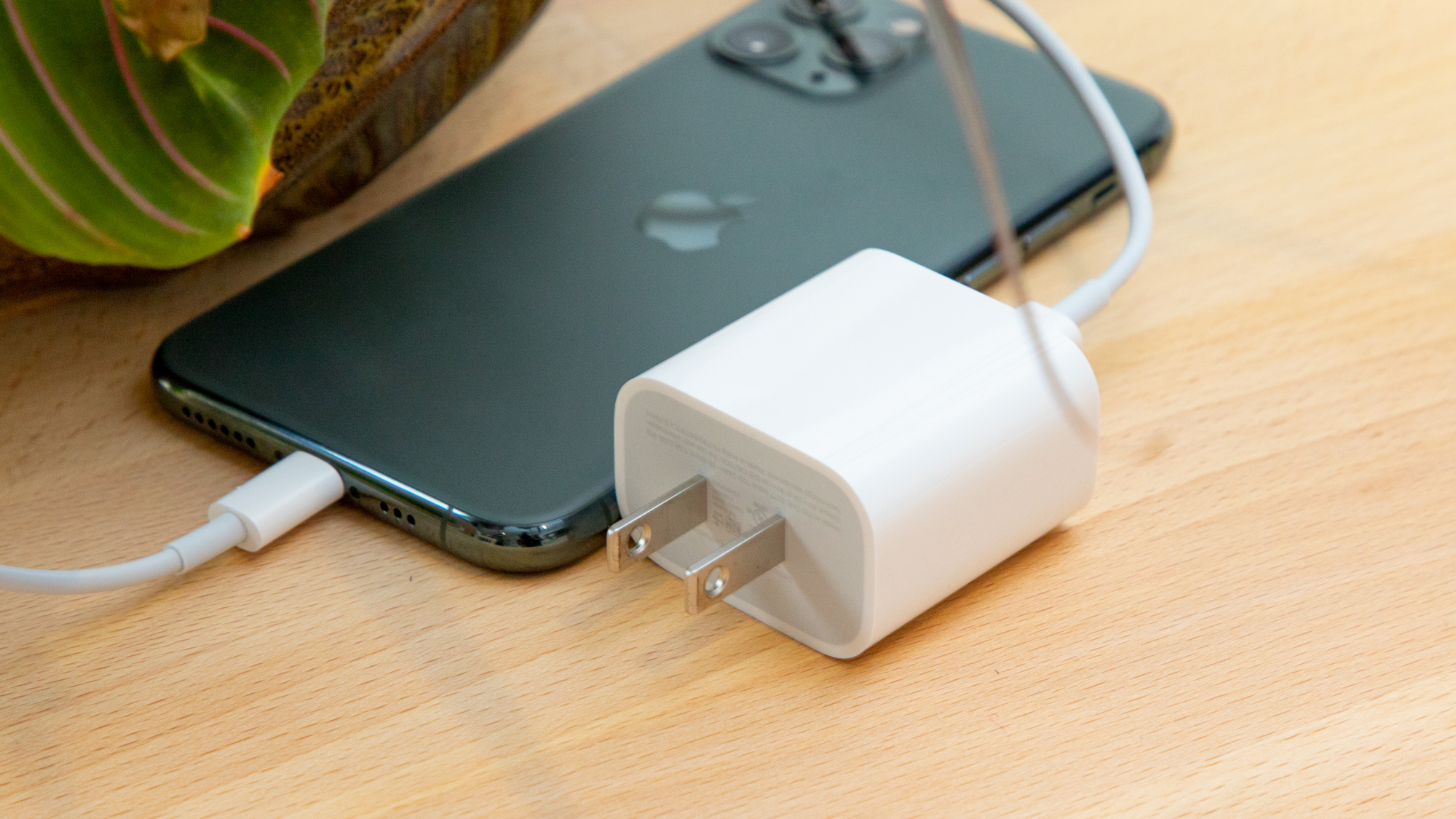
Two hours may not sound significant in a short-run test like ours, but in regular usage, spread out proportionally over a number of days, it’s a massive advantage. One weekend, I didn’t charge my iPhone 11 Pro from Thursday night until Sunday morning, and used it on a mix of LTE and WiFi. By the time I decided to juice the iPhone back up, it was only down to 45%. Without hesitation, I can say my Pixel 4 would have been dead by Saturday evening.
The Pixel 4 frustrated me in other ways, too. I noticed launching apps through lock-screen notifications always accompanied a maddening lag — sometimes up to five seconds, before the phone would mercifully ferry me along to the app in question. Android Auto also suffered crippling bugs with my car, causing music and podcasts to play back at the same whisper-quiet volume as Google Assistant and Google Maps direction prompts.
What I love about the iPhone 11 Pro
By far, the biggest boon to this iPhone 11 Pro, compared to the Pixel 4 I came from, has been the battery life. The performance has been stellar as well, but then it should be, as Apple’s flagship starts at $1,000.
But there are less obvious ways in which the iPhone excels, that I don’t often think about yet appreciate nonetheless. Apple’s software support ethic is unparalleled in this industry. Even the iPhone 6S, a device that was released in 2015, is set to receive iOS 14 — something unheard of in the Android realm.
Google does better than all other Android manufacturers in supporting its phones with three years of upgrades, but even that pales in comparison by a huge margin. Budget Android handsets, like those from Motorola, might only see one update ever.
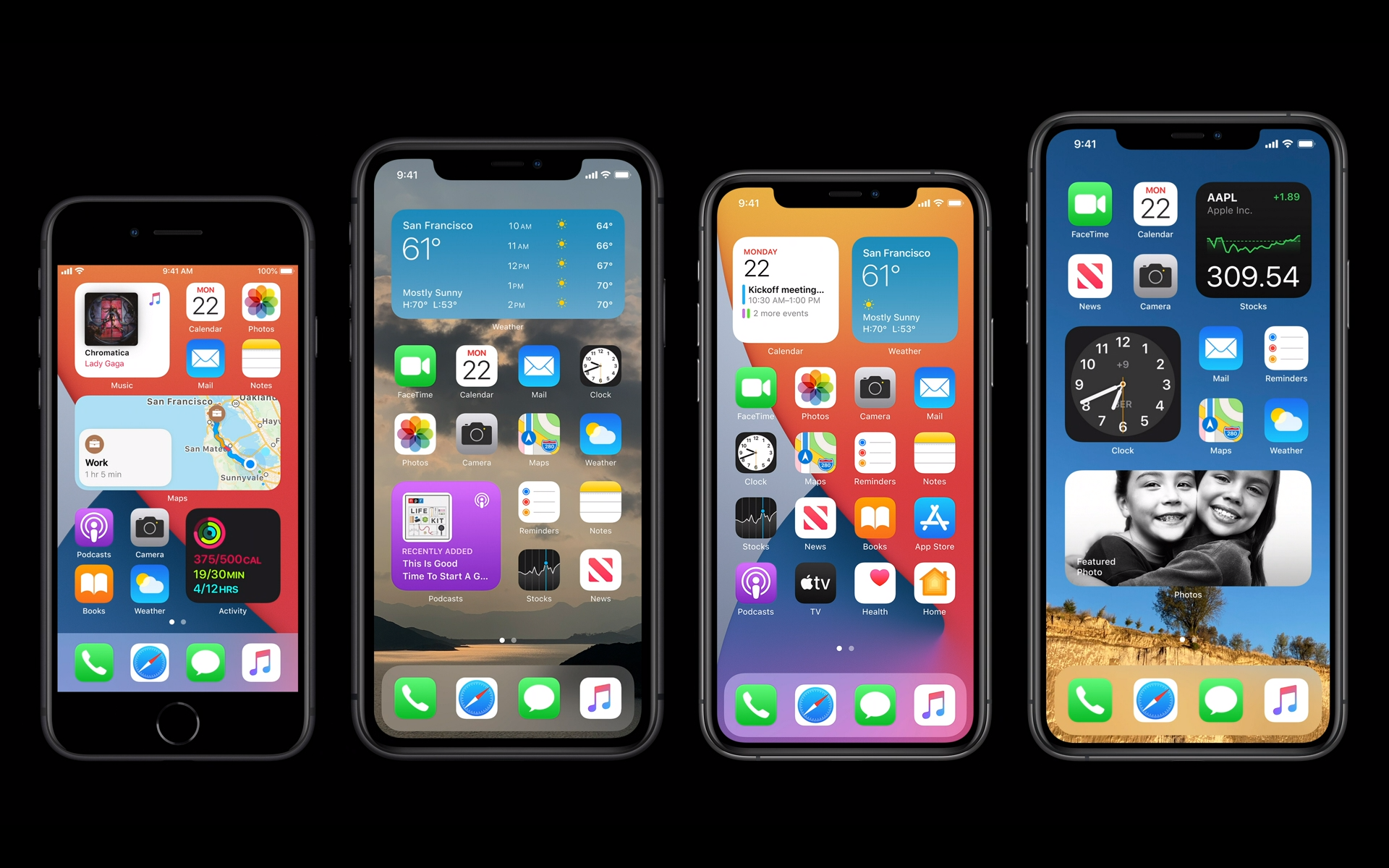
Speaking of software, third-party apps on iOS often seem to be of a higher quality or, at the very least, more regularly updated than their Android counterparts. The banking and financial apps I use on my iPhone all support authenticating with Face ID in place of a passcode, whereas I can’t say the same for the Pixel 4’s implementation of secure Face Unlock. I also like the ability to use Sign In with Apple to quickly create profiles for apps that I only intend on using once or twice, or don’t want to be spammed with emails from.
The list of little things goes on. This might seem like a nitpick, but the ability to copy and paste images into text fields in iOS is massive for me, and one of Android’s most infuriating quirks. In Android, you’re forced to use the operating system’s Share Sheet, which populates a list of contacts and apps. However, because every app’s treatment of shareable content is different, more often than not I’d much rather simply copy and paste anyway, just like you can on Windows and macOS.
Finally, I’d be remiss if I ignored the wealth of accessories that exist for iPhones — an overwhelming degree of support that Android phones, even premier ones like the Pixel, don’t often enjoy. I buy too many cases for my smartphones, and the selection available for Google’s handsets is narrow, so long as you want to avoid the schlock from fake brands with unpronounceable names that make Amazon’s best-sellers list. Hell, if you want to not only buy a screen protector but also have it installed perfectly with the proper tools, an Apple Store will do that for you.
What I miss from the Pixel 4
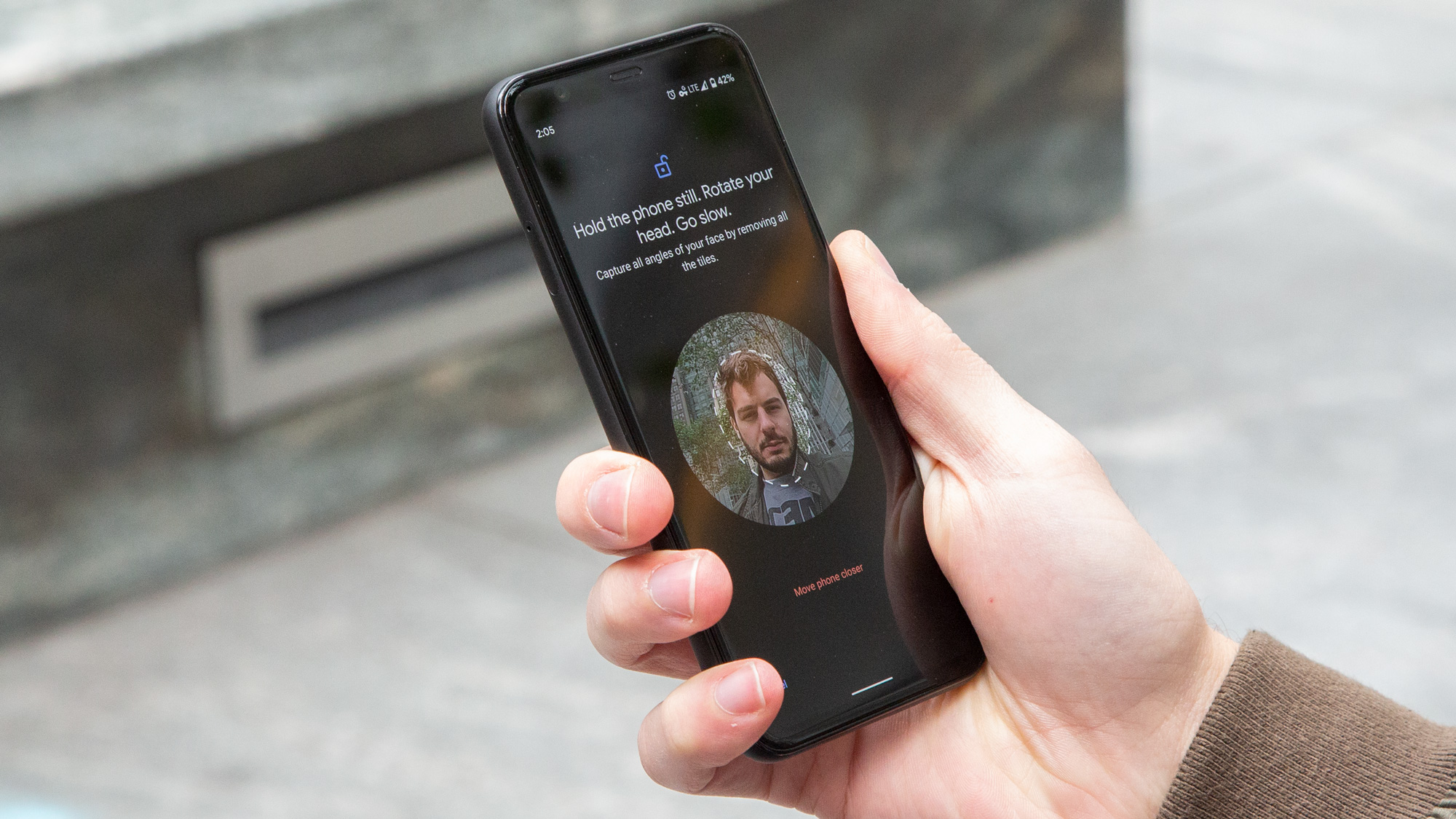
For everything the iPhone 11 Pro excels at, I’m still left pining for a few of the Pixel 4’s features that Apple’s devices either do worse, or don’t have any answer to.
Let’s start with Face Unlock, which, in my opinion, is the Pixel 4’s best-kept secret. I never used the phone’s Motion Sense air gestures much in my time with it, but I fell in love with Google’s approach to facial authentication, which uses Soli’s radars to determine when you’re about to unlock the phone before you even pick it up.
For that reason, Face Unlock on the Pixel 4 is noticeably faster than Face ID on the iPhone 11 Pro, even though Apple’s been producing TrueDepth cameras for years now. The Pixel 4 also doesn't require you to swipe up or physically interact with your phone to unlock it. Rather, you simply look at the device and it opens up. It doesn’t matter what angle you hold it at, either — it can easily adapt to any orientation.
I also miss Google’s new auto-transcribing Recorder app, as well as the Google Assistant in general, which responds to commands instantaneously thanks to an on-device voice recognition model that means your Pixel doesn’t have to ping a server just to send someone a text by voice. It makes Siri feel dense by comparison.
There are all sorts of clever AI-related ideas around the Pixel’s version of Android, including Google’s helpful Call Screen feature, which often thwarted robocalls on my behalf. And although the iPhone 11 Pro’s OLED display can get much brighter, I do miss the snappiness of the Pixel 4’s 90Hz refresh rate — a visual tweak that makes the entire device simply feel more responsive, no matter what you’re doing.
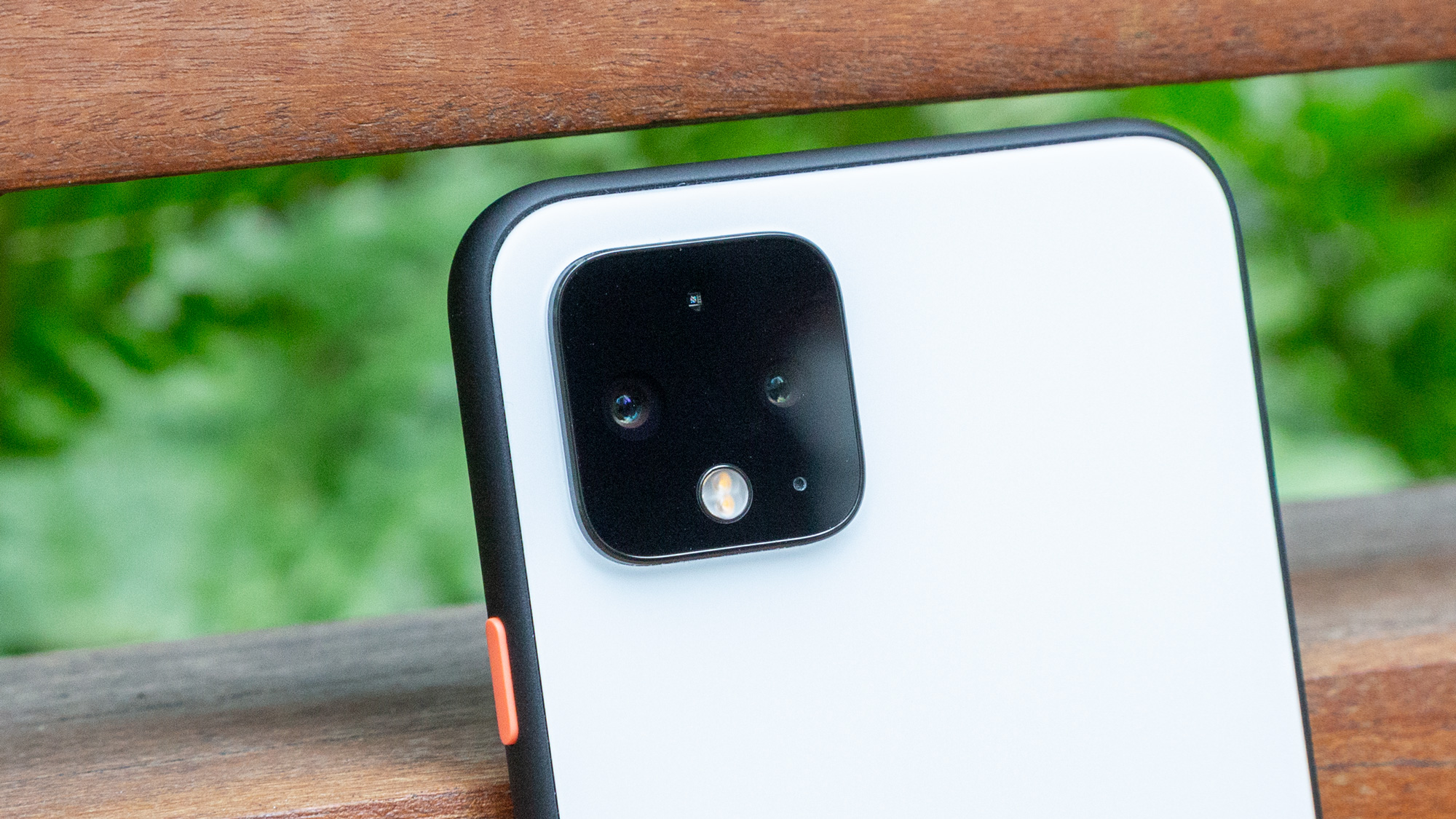
There’s one more thing about the Pixel 4 that I miss that I haven’t mentioned yet, and it might surprise some enthusiasts: the camera. Now, Tom’s Guide’s best camera phone as it stands is the iPhone 11 Pro, which we like for its realistic-yet-stunning portraits and Night Mode, ultrawide lens that helps you get more of your surroundings into your shots, and the ability to record 4K, 60 frame-per-second video through any one of its three lenses. And despite all of that, I still prefer the Pixel 4’s dual-optic shooter.
Why? First off, I’ll admit that aside from camera analysis for my job, I almost never use ultrawide lenses in phones in my daily life. Oftentimes, I want to get closer to a subject, not further away. And to that end, the Pixel 4’s AI-aided Super Res Zoom feature can deliver 8x shots that almost look as though they were produced by an optical lens. The muddy, purely digital zoom from the iPhone 11 Pro is laughable by comparison.
Personally, I also prefer the Pixel 4’s exposure tuning because it preserves the vividity of colors, rather than curbing them to brighten darker, more shadowy scenes. Of course, the iPhone 11 Pro’s camera is truly excellent — one of the top two or three in its class — but I simply find the Pixel’s photography more appealing.
Why I didn’t wait for the iPhone 12
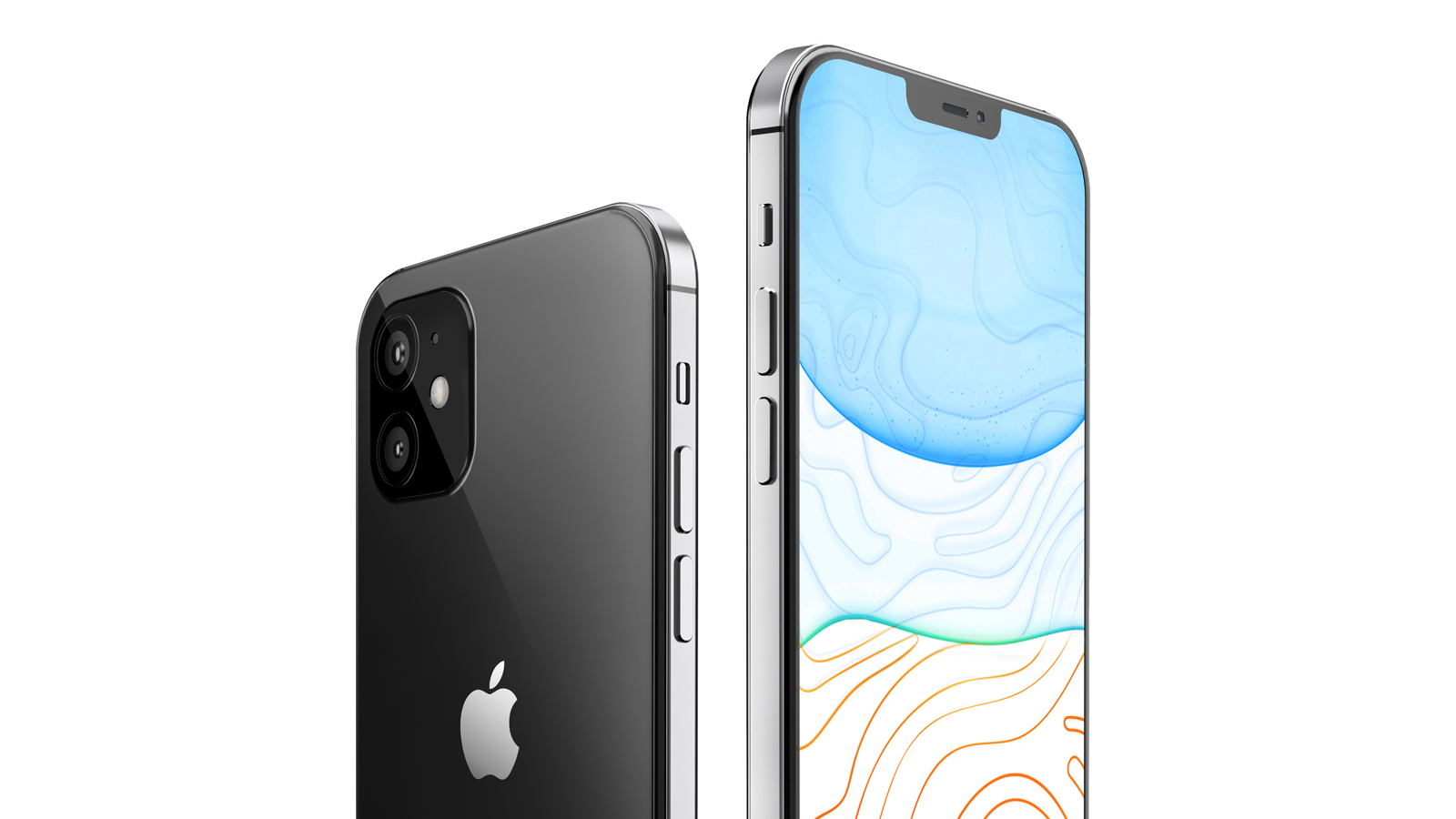
Now, back to the question of upgrading now, rather than later. In my case, I simply didn’t want to wait another 5 months for all four iPhone 12 models to land. My Pixel 4’s battery was annoying me now, and I believe people should make purchasing decisions based on their wants and needs in the moment; not when a massive corporation decides it should strategically release blockbuster products to make the biggest possible splash.
“But,” I can hear you say, “the iPhone 12 will have an all-new design, an even-faster processor and 5G. It’ll likely come with 128GB of storage standard, and if you buy one of the Pro variants with the 120Hz display, you’ll also have that buttery-smooth display you miss so much from your Pixel 4.”
I won’t lie — some of these are major draws, that I'll regrettably miss when Apple’s new flagships finally do come out. But most of them also come with equally-critical drawbacks.
We’ve seen the adverse effect on battery life that 120Hz displays and 5G connectivity can have on smartphones. Consider the Galaxy S20 Plus, which lasts more than 90 minutes less on a charge when tuned to 120Hz mode, as opposed to its higher-resolution, 60Hz setting.
Those features will also assuredly raise the prices of all iPhone 12 models, particularly the Pro variants at the top of the food chain. Apple might nix fast chargers and headphones to help mitigate the difference, but if they follow the trend across the industry, they’ll still probably be more expensive than their predecessors.
To make up for the iPhone 12’s increased energy consumption, these devices are also likely to pack even bigger batteries, thus making them larger, too. The entry-level iPhone 12 will have a 5.4-inch display — music to the ears of a small-phone lover like myself — but I’d be surprised if it lasts as long on a charge as my iPhone 11 Pro does. Likewise, the rumored 6.1- and 6.7-inch models are far bigger than I’d prefer; the 5.8-inch form factor of the iPhone I chose is the best compromise of form and function for me.
Bottom line
Overall, I’m loving my iPhone 11 Pro right now, but ultimately it was the glitches that drove me away from the Pixel 4 progressively, until there were few reasons left to ignore its horrible battery life. Only time will tell if my iPhone will age better.
Of course, anyone buying an iPhone like the one I did will have to stomach the cost. Because I opted for the 256GB version, I spent nearly $1,200 — a price which many would argue is obscene for a phone. I’d say you get what you pay for, but nobody should have to pay that much.
If you can, though, I’d argue the iPhone 11 Pro is a remarkably complete device, with no egregious flaws and just a few minor annoyances. And I reckon that’ll still be true even after the iPhone 12 comes out.
Adam Ismail is a staff writer at Jalopnik and previously worked on Tom's Guide covering smartphones, car tech and gaming. His love for all things mobile began with the original Motorola Droid; since then he’s owned a variety of Android and iOS-powered handsets, refusing to stay loyal to one platform. His work has also appeared on Digital Trends and GTPlanet. When he’s not fiddling with the latest devices, he’s at an indie pop show, recording a podcast or playing Sega Dreamcast.
